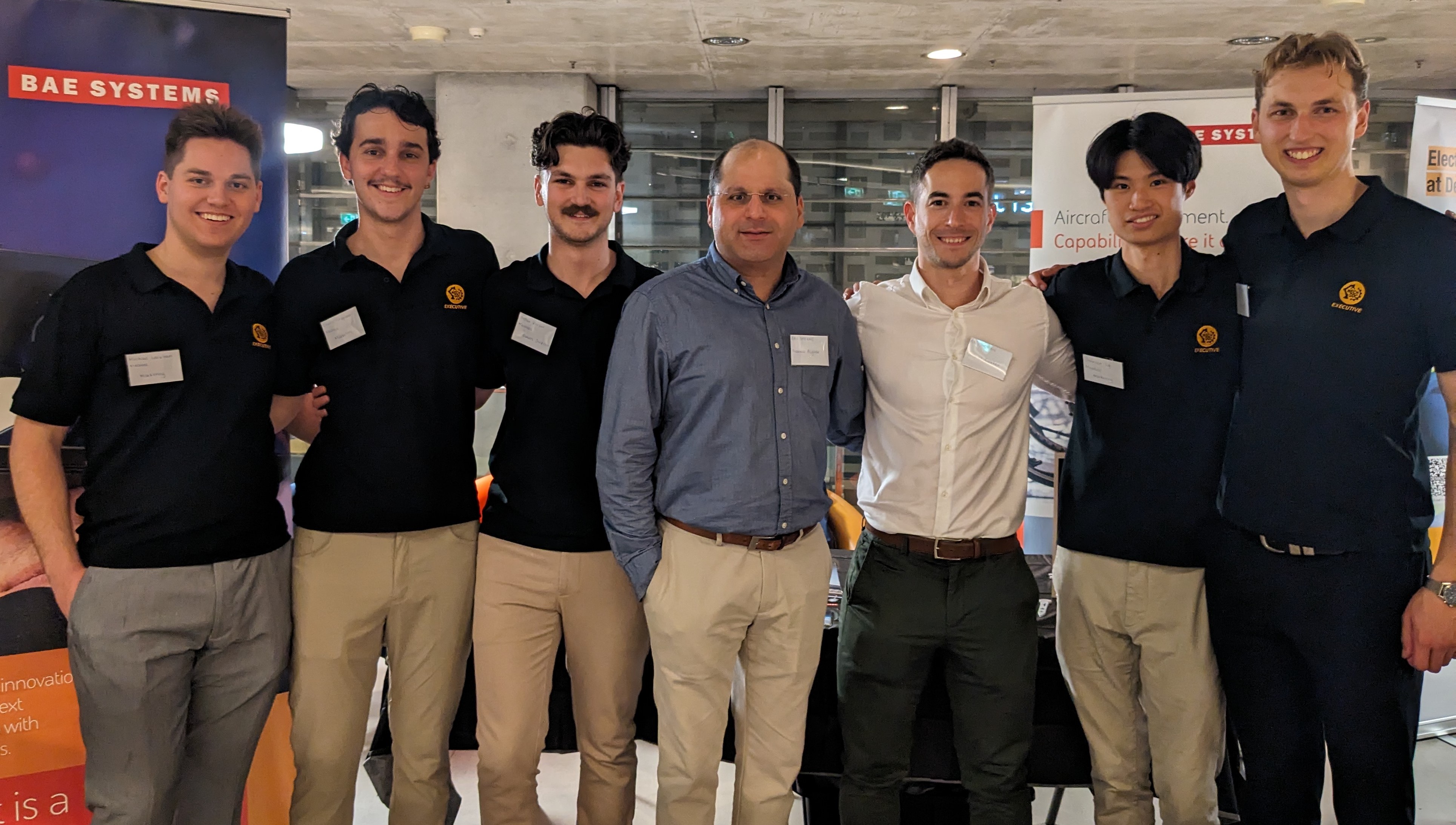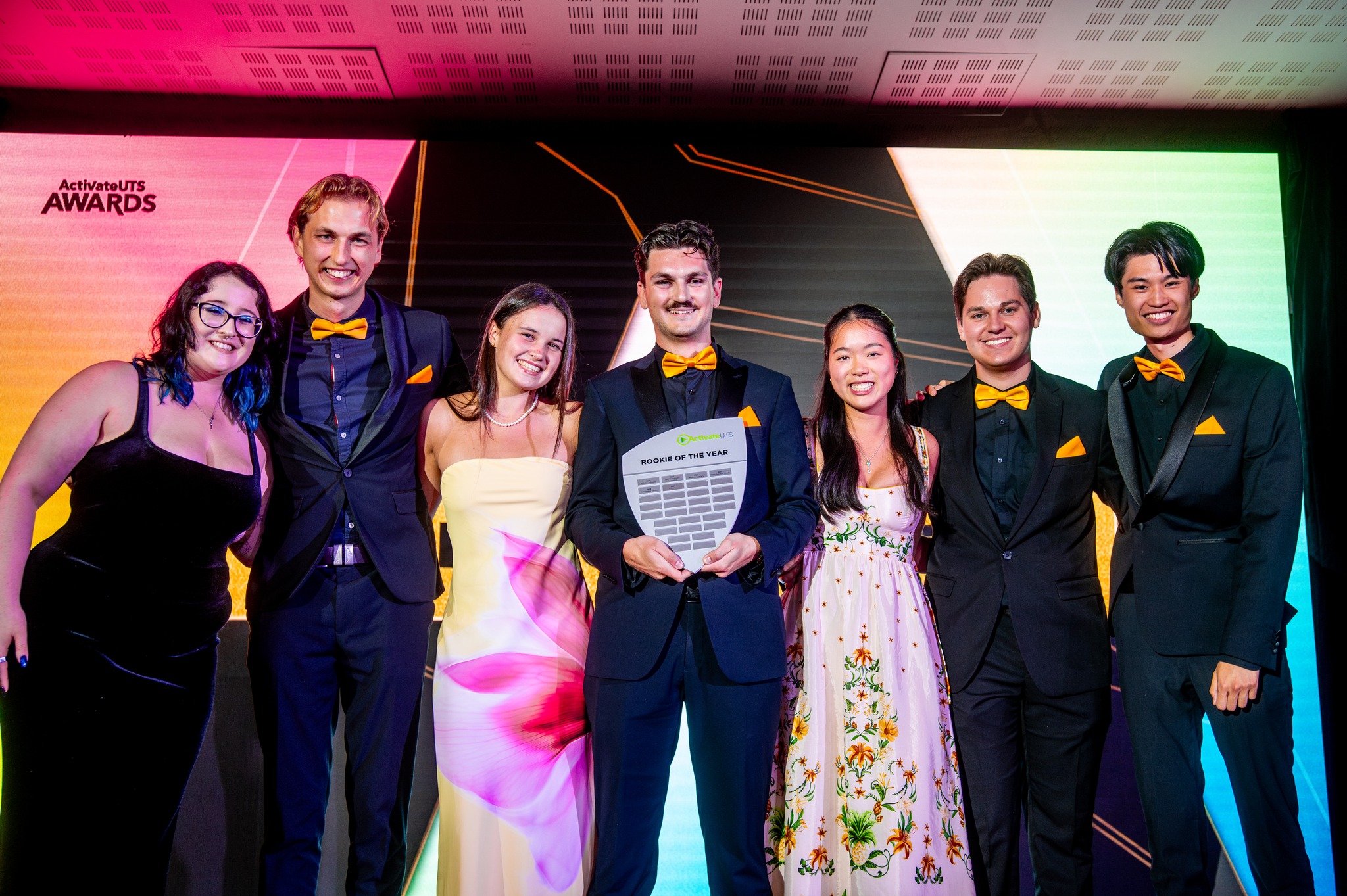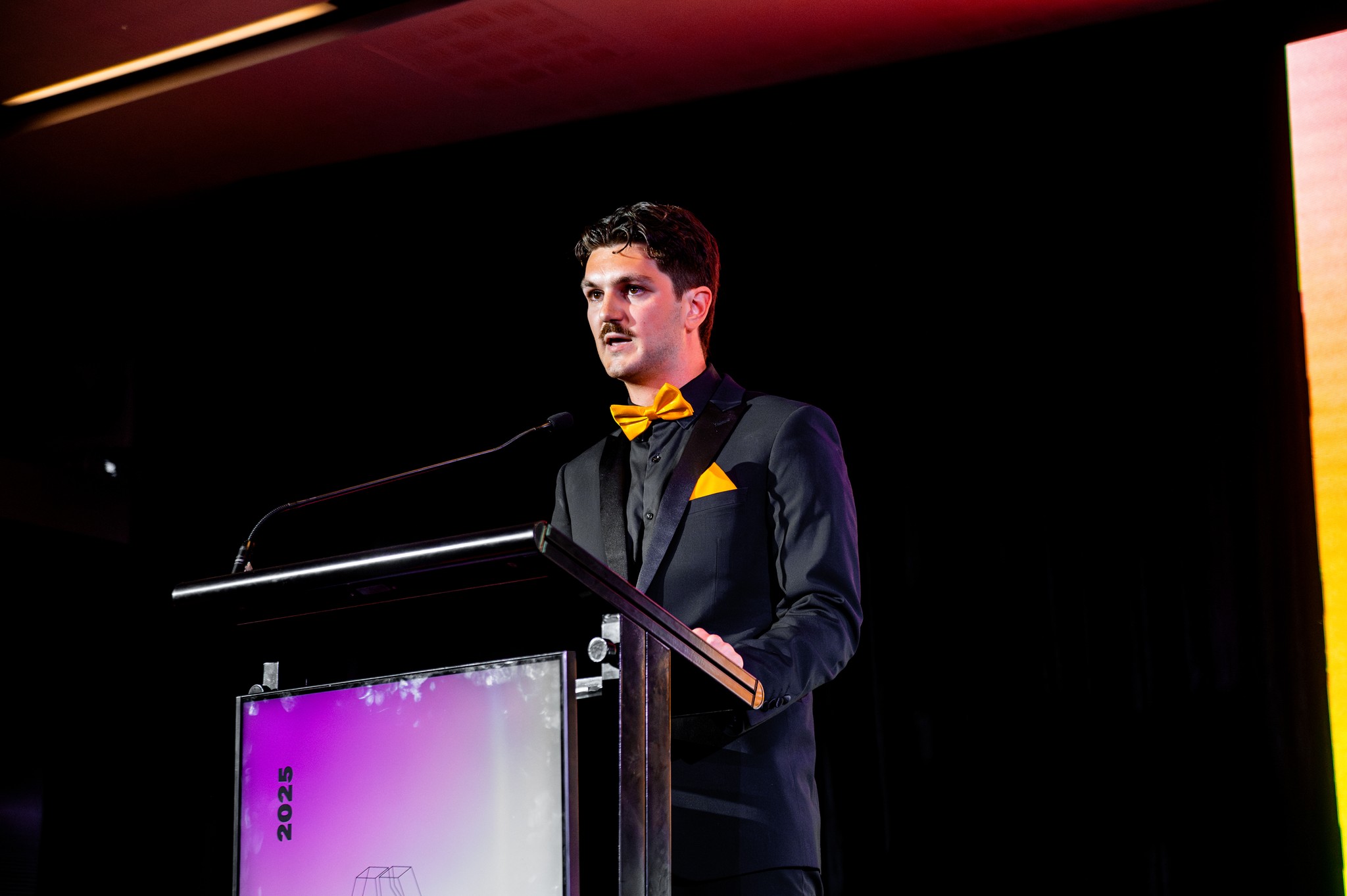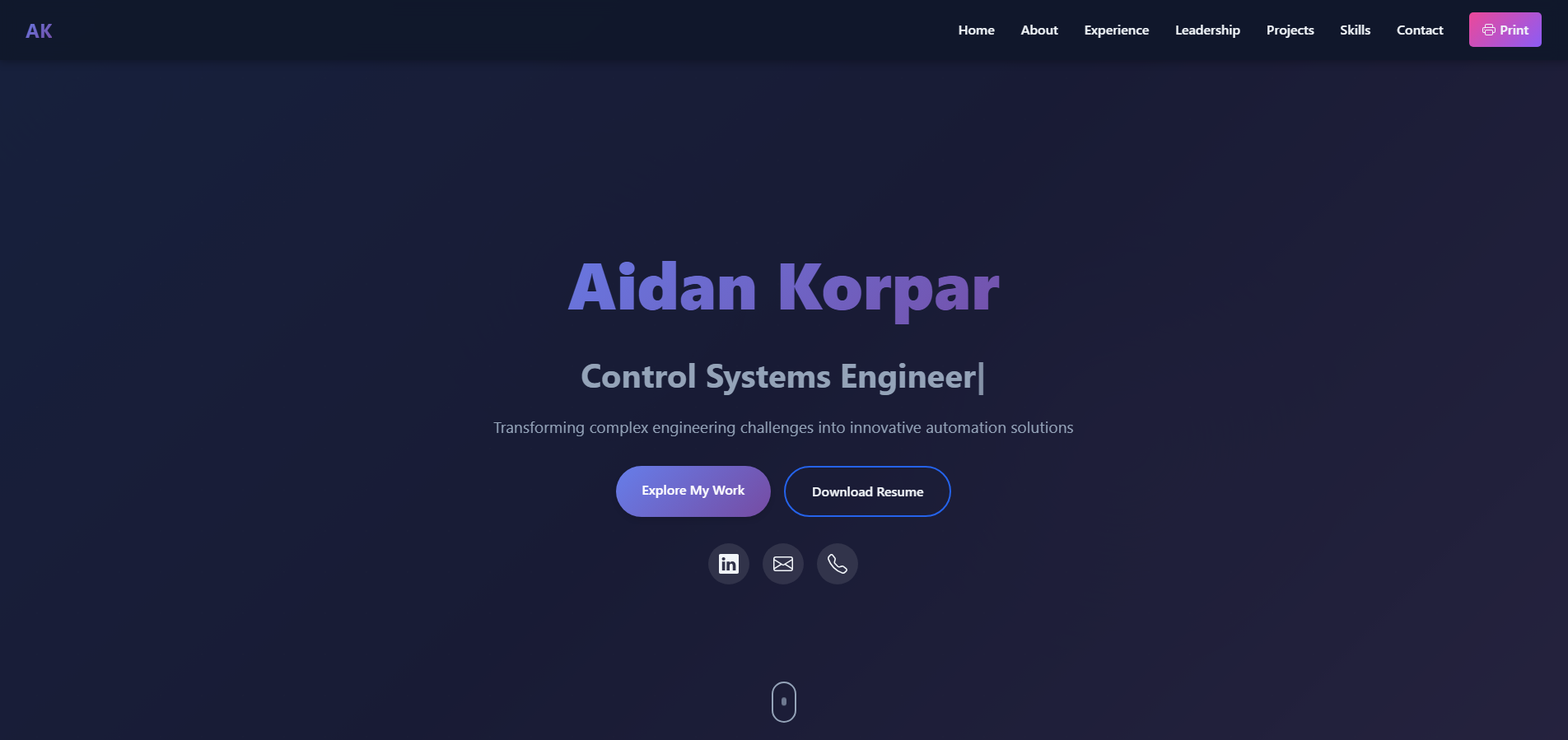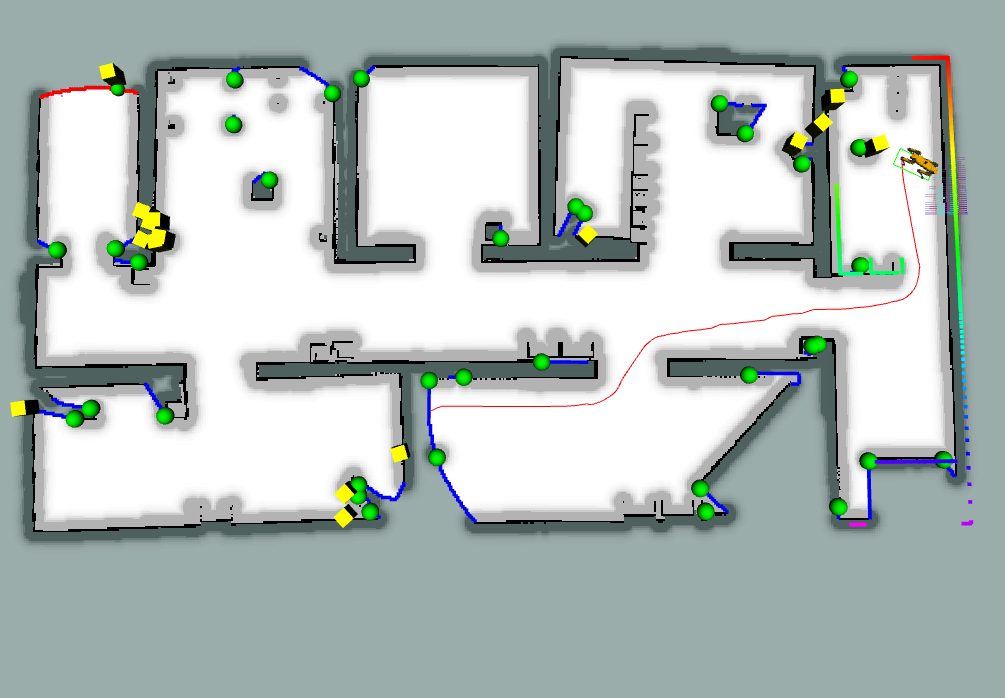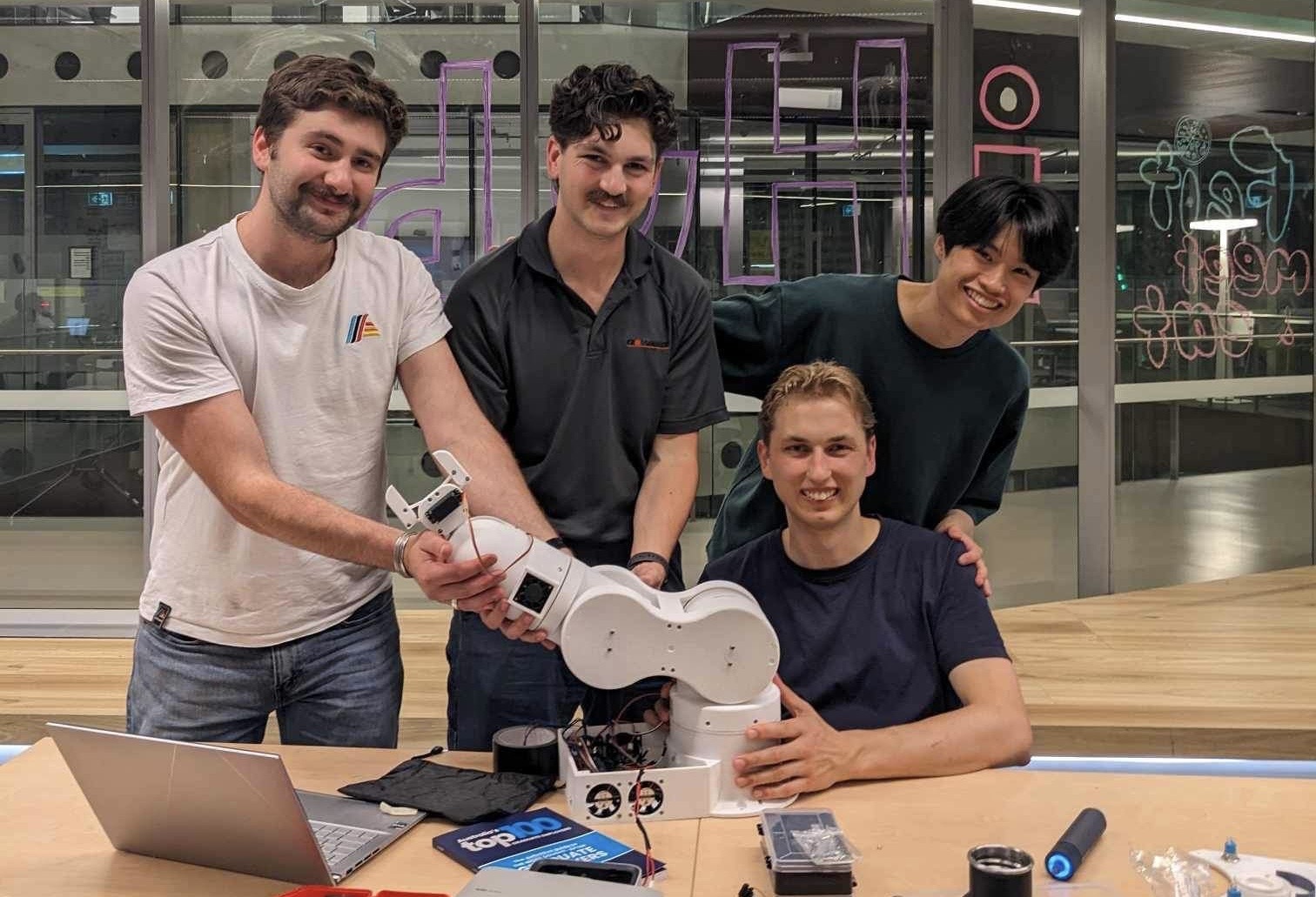Founder, Events Director, and President of UTSMechSoc
During my time at university, I founded UTS MechSoc after identifying a gap in student engagement within mechanical and mechatronic engineering. The society attracted over 400 members in its first year. I led the creation of major initiatives such as an industry networking night with over 300 attendees, strengthening relationships between students and industry professionals.
As the President, I led a 20-member executive team focused on sustainable growth and deeper engagement. Under my leadership, membership grew by 42% from 418 to 595, with a healthy 22% retention rate. We ran 62 events with a combined reach of over 500 unique registrants and an average of 51 attendees per event, maintaining a strong 97% UTS student participation rate.
In 2025, MechSoc was awarded Rookie of the Year, recognising it as the most successful club within its first two years at UTS. This achievement validated the foundation we built and the culture of excellence we fostered, demonstrating the impact of strategic leadership and member focused initiatives.
I emphasised collaboration, strategic planning, and member development, ensuring every executive had defined responsibilities aligned with their strengths. These efforts built a culture of accountability and innovation, reflected in consistently high event attendance, balanced engagement across activities, and long-term member loyalty.
This role refined my leadership, stakeholder engagement, and data-driven decision-making skills, which have proven essential in guiding teams toward measurable impact in my professional career.
595 Members
42% Growth
62 Events
500+ Attendees
Youth Development Instructor - Army Cadets
As a 2nd Lieutenant and Company Directing Staff, I lead and mentor over 100 cadets and 3 staff members, ensuring their safety and fostering a supportive environment for their development. My role involves teaching leadership, teamwork, and technical skills, while guiding cadets through challenging environments to build confidence and practical abilities. I design engaging lessons, supervise activities and camps, and uphold high standards of discipline and professionalism, preparing cadets for future success.

